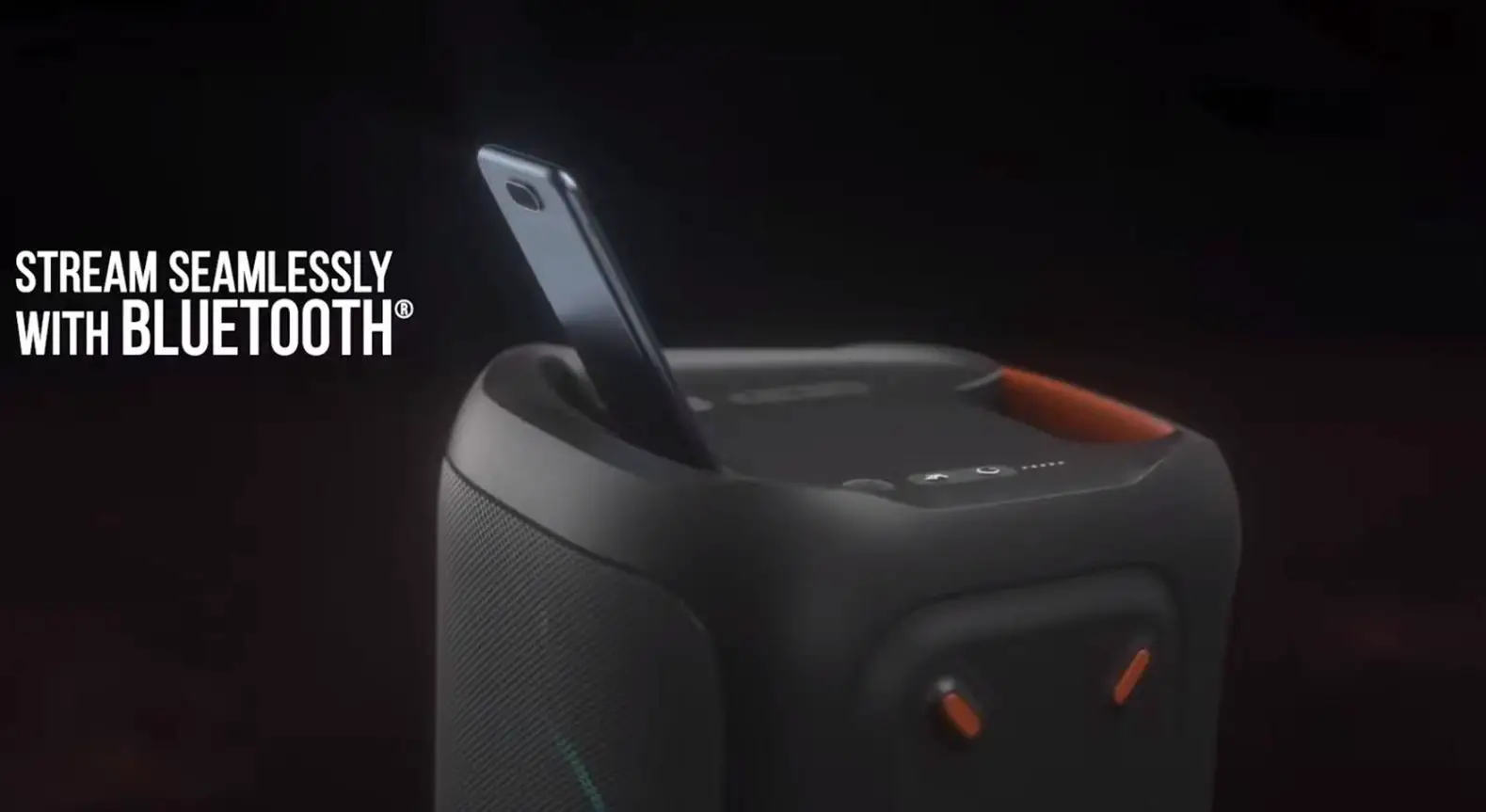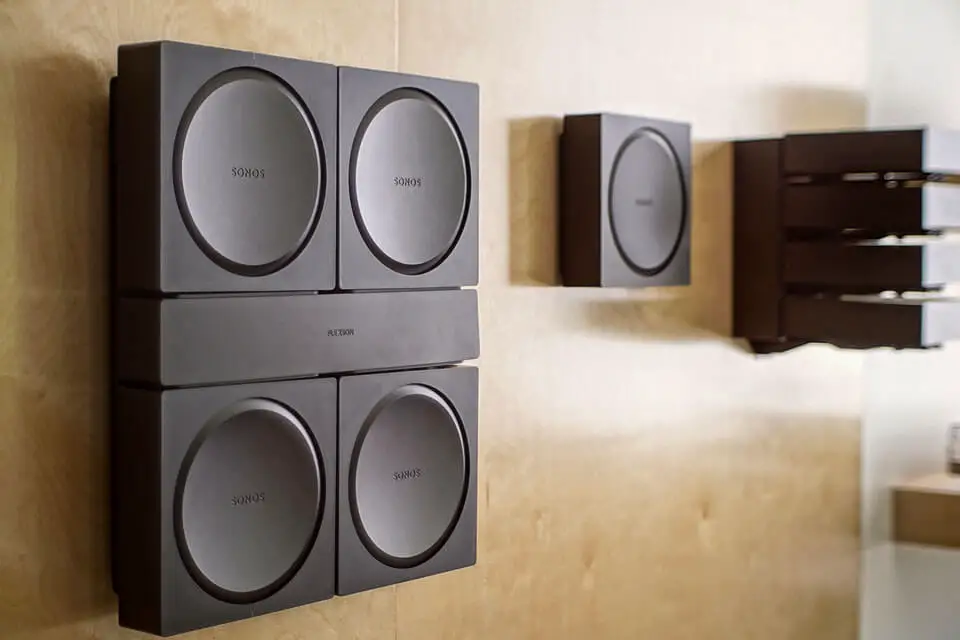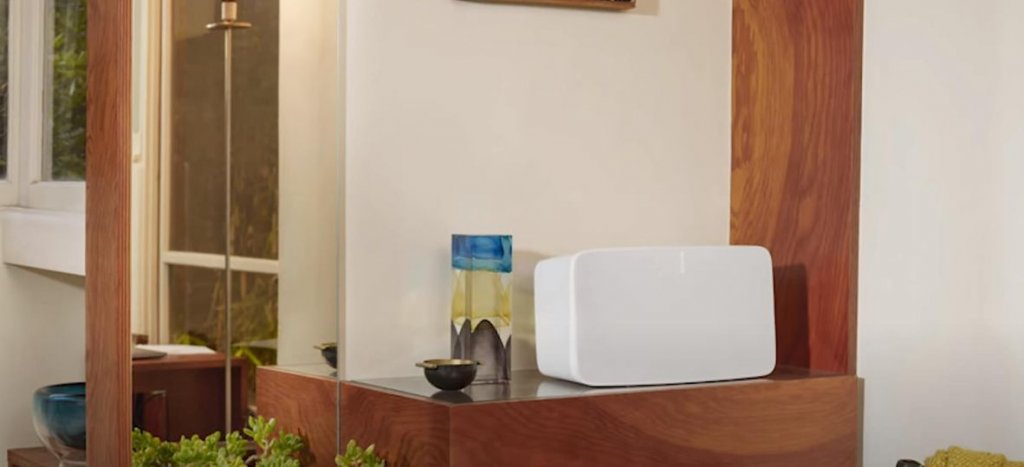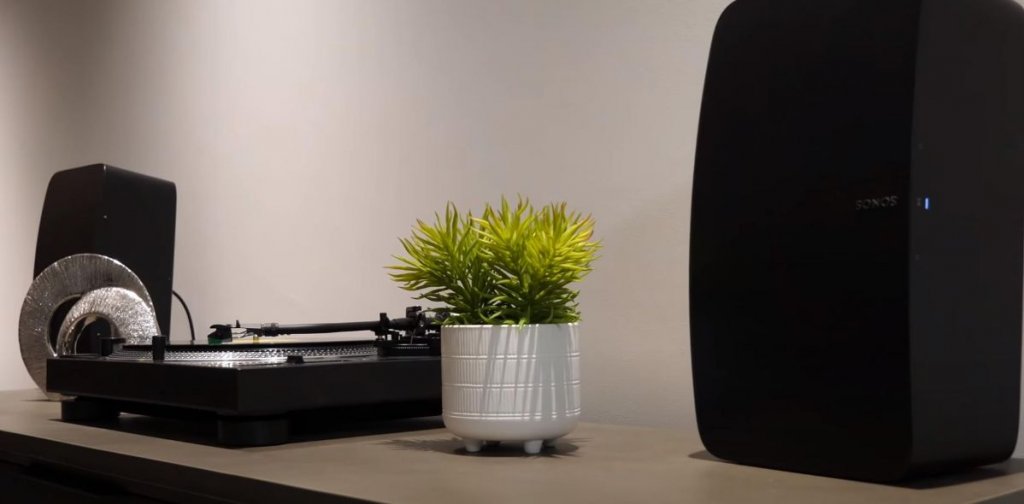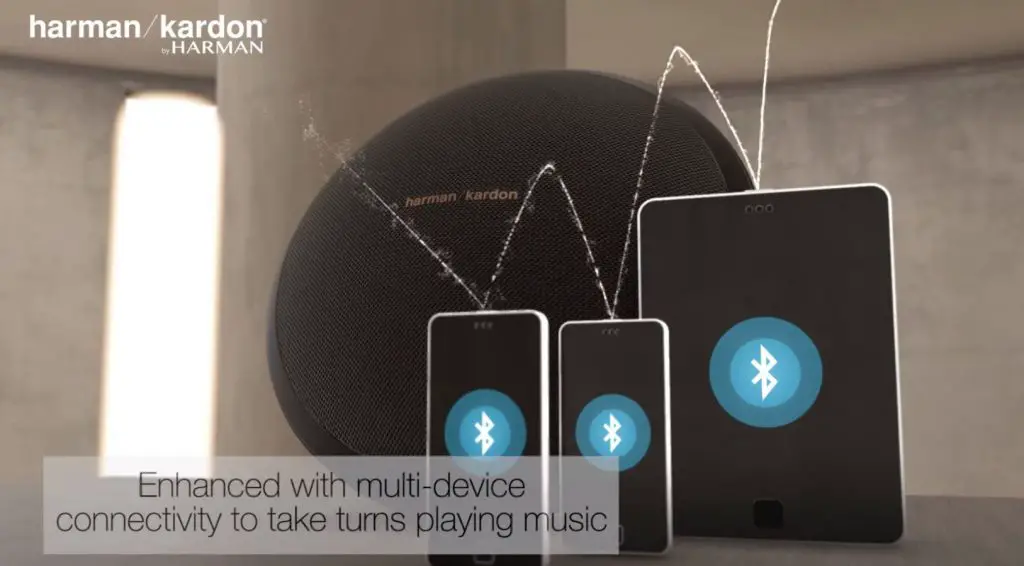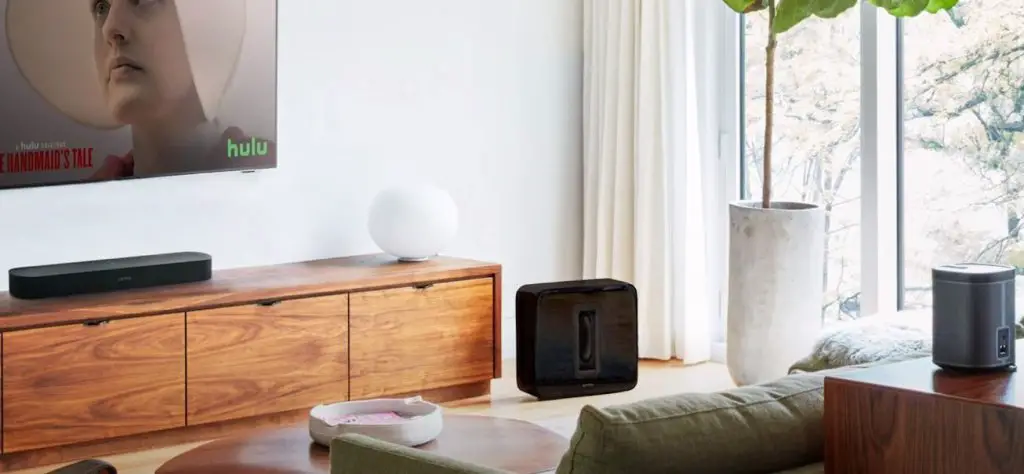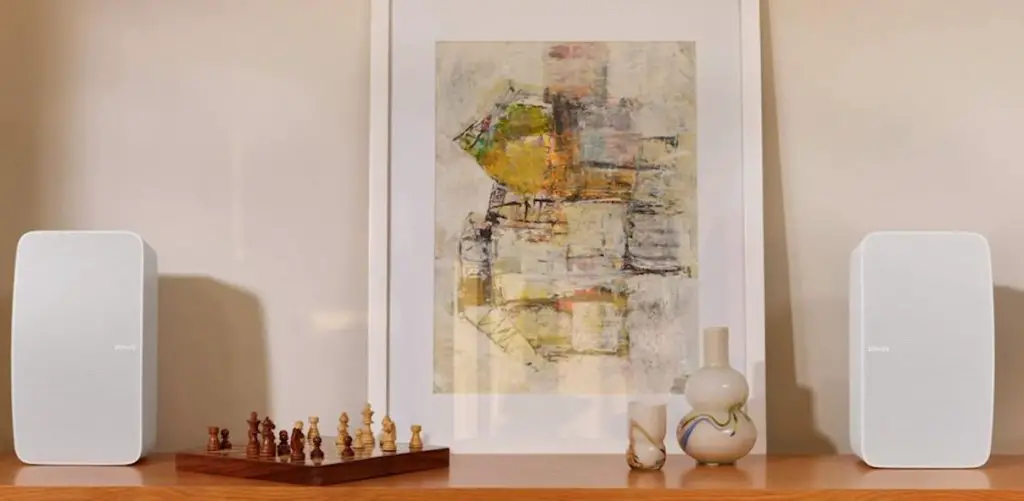How To Connect Wireless Speakers To Receiver – The Basic 101 Guide
Wireless speakers are a great addition to any home audio setup. Not only do they allow for more flexibility in terms of placement, but they also eliminate the need for messy cords and cables. Plus, with the advancements in technology, the audio quality of wireless speakers has greatly improved.
There are a few different ways to connect wireless speakers to a receiver, and which one you choose will depend on your specific setup and needs. The most common options are Bluetooth and Wi-Fi connectivity.
Bluetooth is a short-range wireless technology that allows for easy and quick connections between devices, while Wi-Fi allows for a more stable, long-range connection. Both have their pros and cons, which we will discuss in more detail later on.
In this guide, we will go over the steps for connecting wireless speakers to a receiver, whether you have a single speaker or a multi-room audio system. We will also cover how to configure your receiver and adjust your setup for optimal performance. Let’s get started!
I. Step 1: Determine Your Connectivity Options
The first step in connecting your wireless speakers to your receiver is determining your connectivity options. As mentioned earlier, the most common options are Bluetooth and Wi-Fi.
Bluetooth is a great choice for simple, quick connections between devices. It is a short-range wireless technology that allows for easy pairing and fast data transfer speeds. However, it can be prone to interference from other devices and has a limited range, typically around 30 feet.
On the other hand, Wi-Fi is a long-range wireless technology that allows for a more stable connection over greater distances. It is also capable of handling more data at once, making it a better choice for streaming high-quality audio. However, it does require a Wi-Fi network to be set up and can be disrupted by other devices using the same network.
When deciding between Bluetooth and Wi-Fi, consider the range and stability of the connection you need, as well as the complexity of the setup process. Both have their pros and cons, and the best choice for you will depend on your specific needs and preferences.
II. Step 2: Choose Your Wireless Speaker Setup
The next step in connecting your wireless speakers to your receiver is choosing your speaker setup. Do you want a single speaker in one room or a multi-room audio system that allows you to control the music in multiple rooms?
If you opt for a single speaker, you can simply connect it to your receiver using Bluetooth or Wi-Fi, depending on which option you chose in step 1. This is the simplest and most straightforward setup, as it only requires one speaker and one receiver.
If you want a multi-room audio system, you have a few more options to consider. You can either connect your speakers wirelessly or use a wired connection.
A wireless connection allows for more flexibility in terms of placement, as you don’t have to worry about running cables between rooms. However, it can be prone to interference and may not be as stable as a wired connection.
A wired connection, on the other hand, requires running cables between your speakers and your receiver, but it provides a more stable and reliable connection. The downside is that it can be more difficult to set up and may not be as aesthetically pleasing as a wireless connection.
Ultimately, the best setup for you will depend on your specific needs and preferences. Consider the range and stability of the connection, as well as the complexity of the setup process and the aesthetics of the final product.
III.Step 3: Configure Your Receiver
Now that you’ve determined your connectivity options and chosen your speaker setup, it’s time to configure your receiver.
If you chose Bluetooth connectivity in step 1, the first thing you’ll need to do is make sure your receiver has Bluetooth capability. Most modern receivers come with built-in Bluetooth, but if yours doesn’t, you can purchase a Bluetooth adapter that plugs into the receiver’s auxiliary input.
Once you’ve verified that your receiver has Bluetooth capability, the next step is to put it into pairing mode. This is typically done by pressing a designated button on the receiver or through the settings menu. Consult your receiver’s manual for specific instructions.
With your receiver in pairing mode, you can now pair it with your wireless speakers. To do this, simply put your speakers into pairing mode as well (consult the manual for specific instructions) and wait for them to appear on the receiver’s list of available devices. Select your speakers from the list and follow the prompts to complete the pairing process.
If you chose Wi-Fi connectivity in step 1, the process is slightly different. First, make sure your receiver has Wi-Fi capability. If it doesn’t, you can purchase a Wi-Fi adapter that plugs into the receiver’s auxiliary input.
Next, you’ll need to set up your Wi-Fi network. Consult your receiver’s manual for specific instructions on how to do this. Once your network is set up, you can connect your wireless speakers to it by following the prompts in their manual.
Regardless of which connectivity option you chose, the key to configuring your receiver is to follow the instructions in the manual carefully and make sure all of your devices are in pairing mode before attempting to connect them. With a little patience and attention to detail, you should have your receiver and wireless speakers connected in no time.
IV. Step 4: Test and Adjust Your Setup
Now that you’ve configured your receiver and connected your wireless speakers, it’s time to test and adjust your setup to ensure optimal performance.
First, test the audio quality and connectivity of your setup by playing a variety of music or audio through your speakers. Listen for any static, interference, or other issues that may affect the sound quality. If you notice any problems, try adjusting the settings on your receiver and/or speakers to see if it improves the audio.
You can also try moving your speakers to different locations to see if the audio quality changes. This can help you determine the best placement for your speakers and ensure that you’re getting the best sound possible.
If you’re using a multi-room audio system, be sure to test the connectivity and audio quality in all of the rooms where you have speakers. This will help you ensure that the entire system is working properly and that the audio is consistent throughout your home.
If you’re still experiencing issues with your setup, try troubleshooting common problems such as interference from other devices or connectivity issues. Consult your receiver and speaker manuals for specific troubleshooting tips, or reach out to the manufacturer for additional assistance.
With a little patience and some fine-tuning, you can ensure that your wireless speaker setup is delivering the best audio experience possible.
V. Conclusion
In conclusion, adding wireless speakers to your home audio setup is a great way to enhance your listening experience and increase the flexibility of your sound system. By following these simple steps, you can easily connect your wireless speakers to your receiver and enjoy high-quality audio in any room of your home.
To recap, the steps for connecting wireless speakers to a receiver are:
- Determine your connectivity options: Bluetooth or Wi-Fi
- Choose your speaker setup: single speaker or multi-room audio system
- Configure your receiver: set up Bluetooth or Wi-Fi and pair with your speakers
- Test and adjust your setup: ensure good audio quality and connectivity, and fine-tune your settings for optimal performance
To maintain and troubleshoot your setup, be sure to consult your manuals and follow the manufacturer’s recommendations. If you’re still experiencing issues, don’t hesitate to reach out to the manufacturer for additional assistance. With a little care and attention, your wireless speaker setup will provide years of enjoyment.
